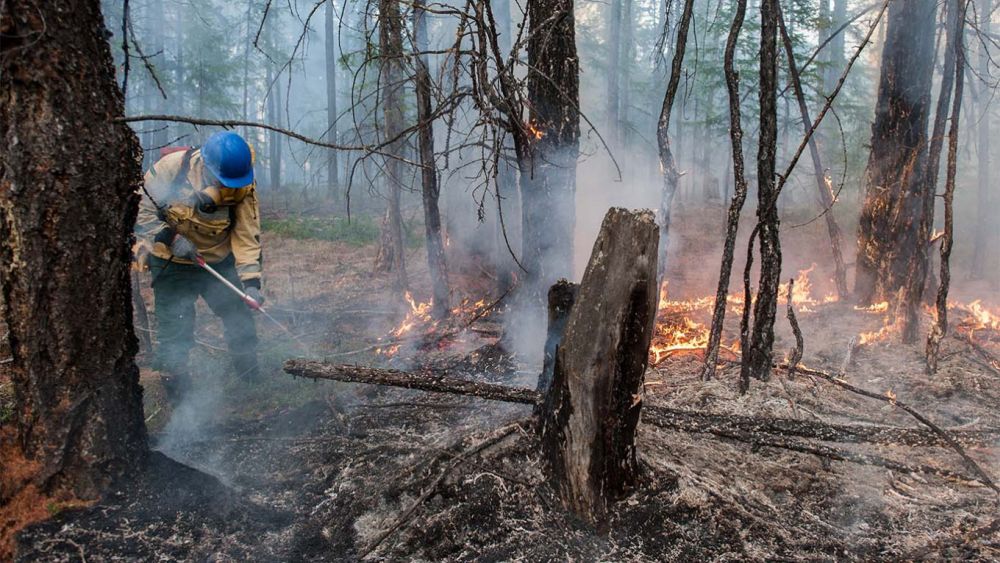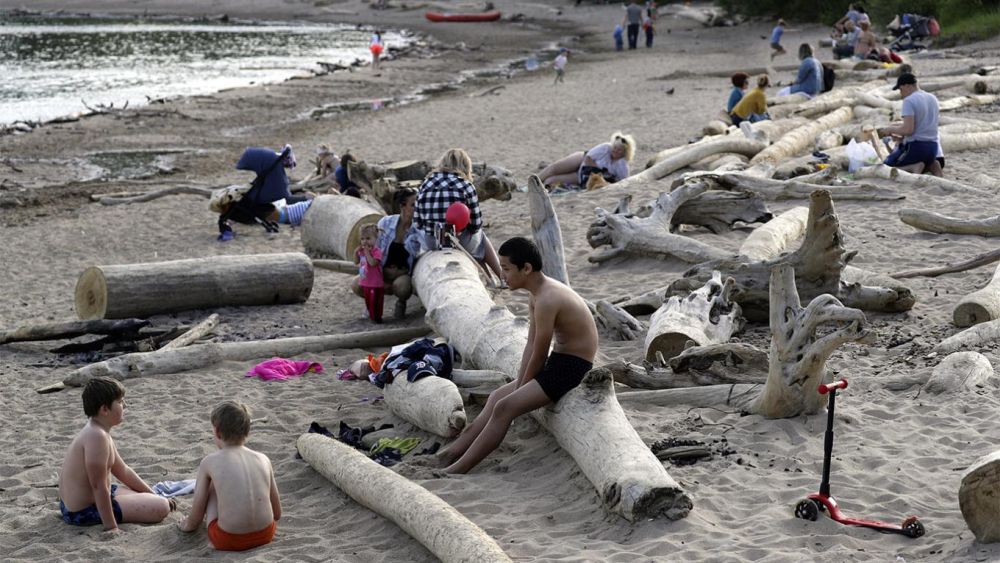Siberian Heat Wave Triggers Wildfires and Ice Melts in the Arctic Region
The whole world is grappling with climatic crisis that has triggered many disasters across the planet. Be it floods, droughts or wildfires, these calamities uproot many beings from their natural habitat and take many lives. The recent Siberian heat wave has triggered catastrophic wildfires and severe ice melts in the Arctic Region.
The World Meteorological Organization (WMO) warned that temperatures in Siberia were about 10-degree Celsius above average in June as Arctic Region is facing devastating fires in the Far North, with smoke spreading over 1,000 miles downwind, along with worrying temperature records and ice melt. Although rapidly changing Arctic climate is no news, the region is warming at about three times the rate of the rest of the globe.
With wildfires raging throughout Siberia, smoke covered the skies all the way into portions of Alaska. In Svalbard, a Norwegian Arctic Archipelago that has seen overwhelming warming rates in past years, all-time temperature records were set, melting already plummeting glaciers.

Districts in six Russian regions have declared states of emergency in connection with the fires | Image: Yevgeny Sofroneyev / TASS
Eastern Russia and Alaska, both within and outside the Arctic Circle, have been particularly critically affected. As per Russia’s Federal Forestry Agency, over 2.7 m hectares of remote forest are currently burning across six Siberian and eastern regions.
According to WMO Secretary-General Petteri Taalas,
The Arctic is heating more than twice as fast as the global average, impacting local populations and ecosystems and with global repercussions. Because of teleconnections, the poles influence weather and climate conditions in lower latitudes where hundreds of millions of people live.
The WMO said that the heat wave is expected in part to a blocking pressure system and a northward shift of the jet stream that is directing hot air into the region. Temperatures in the Siberian town Verkhoyansk had crossed 38 degree Celsius in the month of June. The region experienced its highest annual temperatures between 2016 to 2019, with 2020 anticipated to be just as hotter.

Record warm weather in Novosibirsk | Image: Kirill Kukhmar / TASS
An analysis showed that the extended January-to-June heat in northern Siberia was made at least 600 times as possible by human-caused climate change, which concluded that such an event would be almost impossible in the absence of global warming. Meanwhile, the high temperatures in the Scandinavian Arctic and Siberia have also affected northern Canada as well.
The hot and dry conditions in Siberia kindled the Arctic wildfires uncommonly this year. When compared to any other forest fires in nearly two decades of data collection, the Arctic wildfires released more polluting gases into the environment in June.
Not only the blazes have destroyed local ecosystems and habitats, but emitted tons of carbon dioxide and other pollutants into the atmosphere. Moreover, the fires have liquified permafrost containing methane and carbon dioxide. Scientists fear that the melting permafrost could released about 240 billion tons of carbon into the atmosphere by 2100.
According to the National Oceanic and Atmospheric Administration, 2020 will be among the hottest years ever recorded. Apparently, 2019 was the second-hottest year ever, which topped off the hottest decade on the record as global warming picks up the pace.
Via: CNBC


